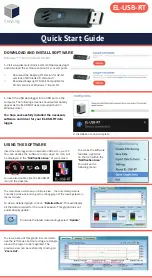Reviews:
No comments
Related manuals for LS-G6 Piconode

EL-USB-RT
Brand: EasyLog Pages: 2

VBOX Touch V2
Brand: Racelogic Pages: 96

VBOX Micro
Brand: Racelogic Pages: 33

VBOX SIGMA
Brand: Racelogic Pages: 51

VBOX LapTimer
Brand: Racelogic Pages: 3

VBOX Touch
Brand: Racelogic Pages: 115

VBOX LapTimer
Brand: Racelogic Pages: 57

METPOINT OCV
Brand: Beko Pages: 76

UCAM-65A
Brand: KYOWA Pages: 47

TimeboyIV
Brand: Datafox Pages: 53

D-Opto
Brand: Zebra-Tech Pages: 20

blue PiraT2 5E
Brand: Magna Pages: 2

31507917
Brand: Huawei Pages: 25

EL-IOT-CO2
Brand: EasyLog Pages: 7

GEOLOGGER G8 PLUS
Brand: Geosense Pages: 30

CS-BS-1 WLAN
Brand: oventrop Pages: 104

DMK40
Brand: LOVATO ELECTRIC Pages: 20

LOGOSCREEN nt
Brand: JUMO Pages: 108
